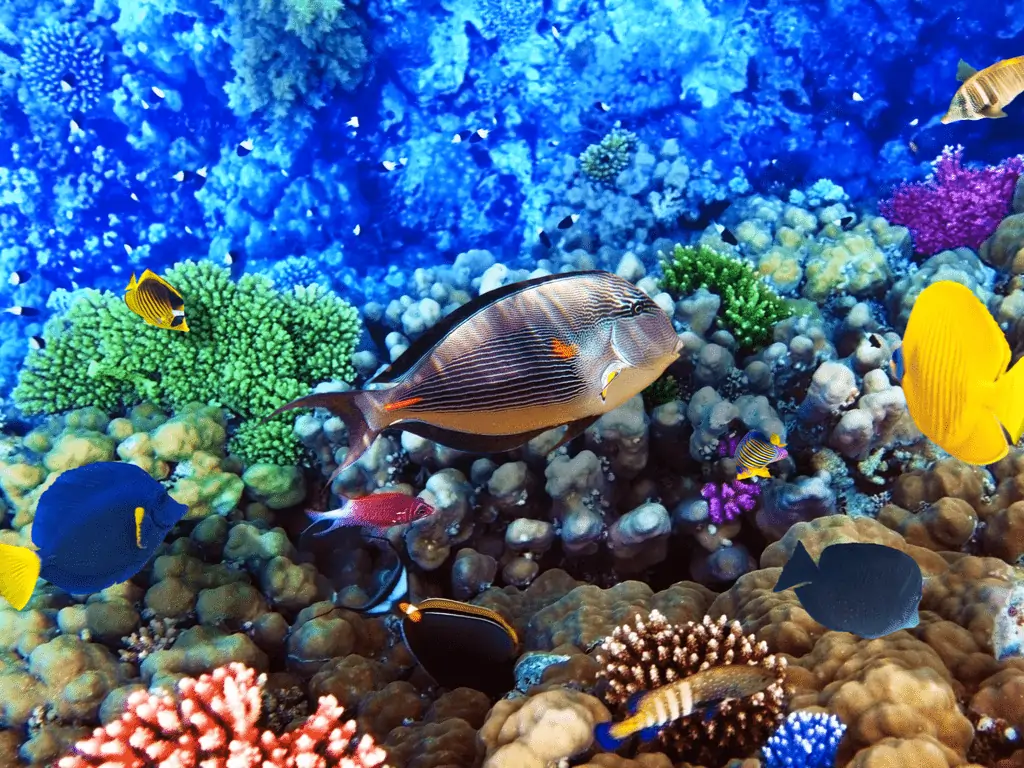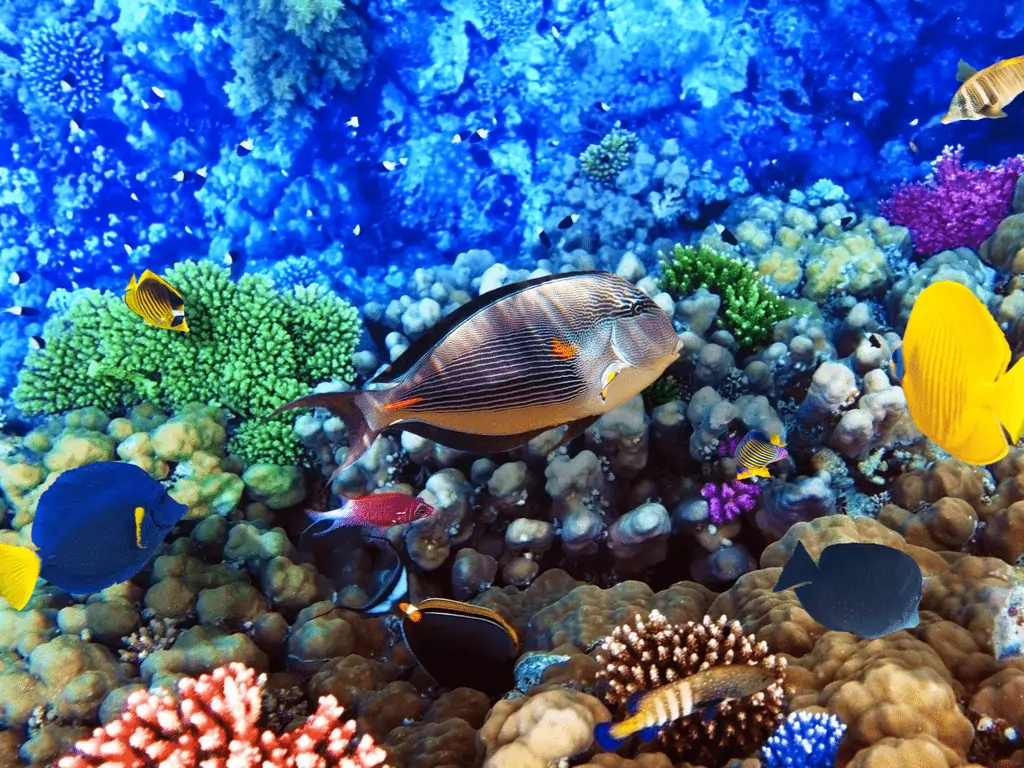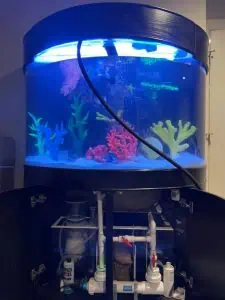
Water conditions in an aquarium can influence how animals live and interact. Salt levels are the most basic measure of water conditions. Some fish tanks are a blend of brackish and freshwater environments, while others are based on oceanic environments. Some specialized tanks raise brine-loving organisms. These animals may be a good fit for beginners or experienced hobbyists. The best way to maintain optimal water quality is to read a book about aquarium care.
While fish and plants need a constant supply of water, the environment in an aquarium is also a vital part of its ecosystem. There are several nutrient cycles in an aquarium. Dissolved oxygen enters the system at the water-air interface. Meanwhile, carbon dioxide exits the system through the air. Other important nutrient cycles are the nitrogen, phosphate, sulfur, and iron cycles. The balance of these nutrient cycles requires proper biological loading and a balanced food supply.
An average home aquarium has a climate control device, filtration system, artificial lighting, and a hood to prevent debris from entering the tank. A home aquarium is made from glass panels, joined together with silicone. Laminated glass and acrylic tanks are lightweight and durable. Buying a home aquarium is not hard and is available in any pet store. Prices depend on size and materials. A self-sustaining tank is self-sufficient. But for a small tank, you can opt for a higher-end model that includes all of these features.




